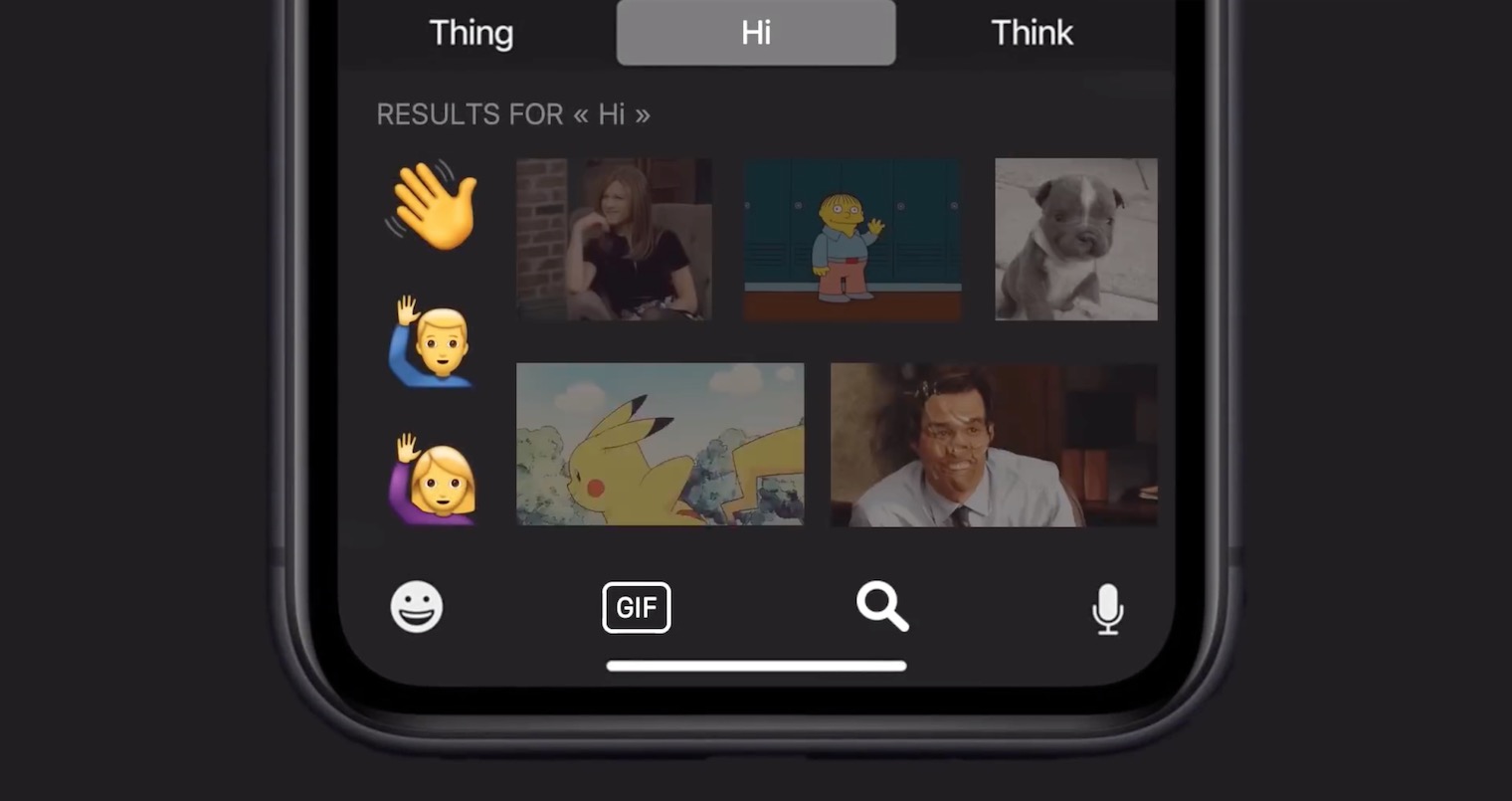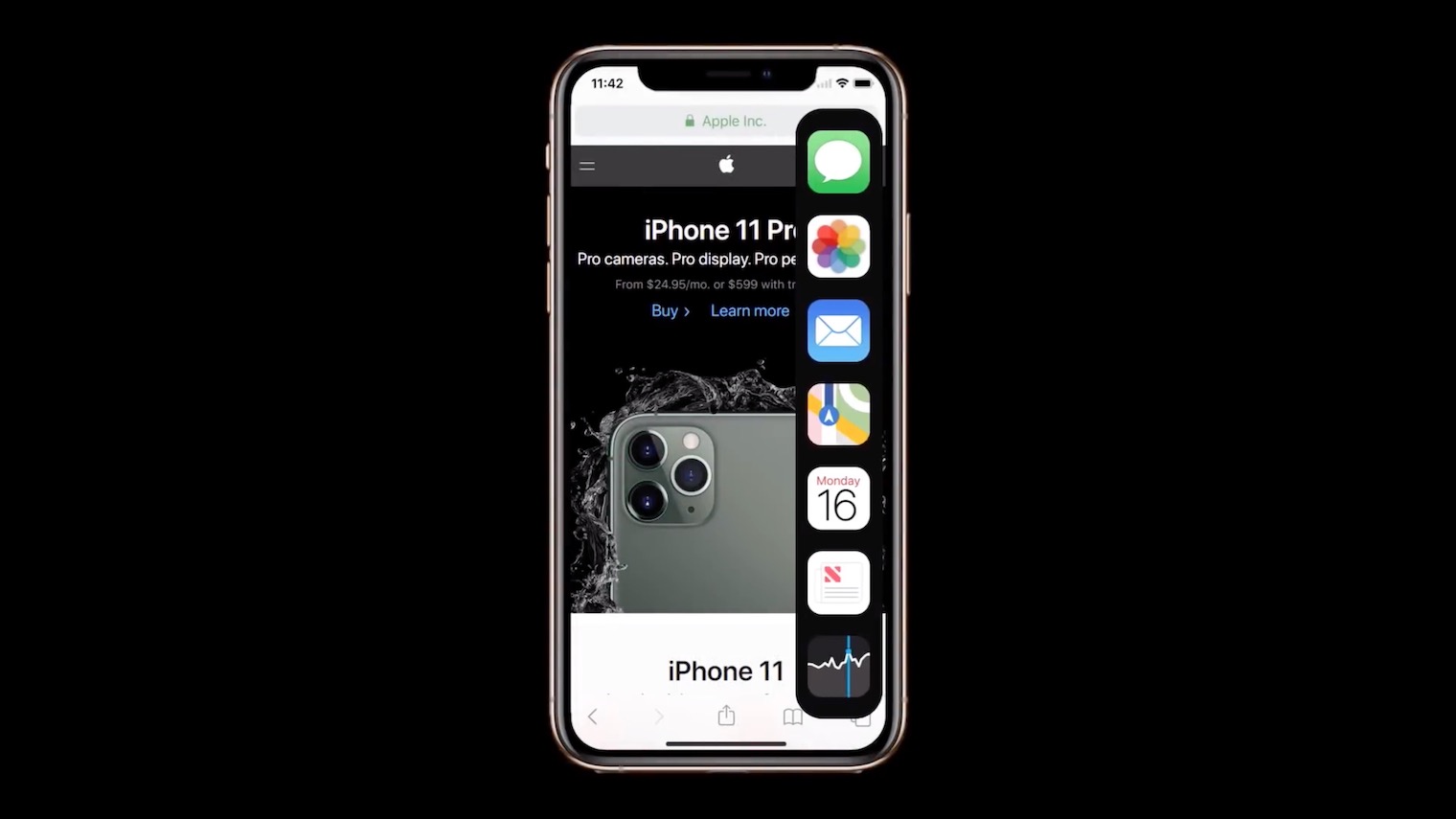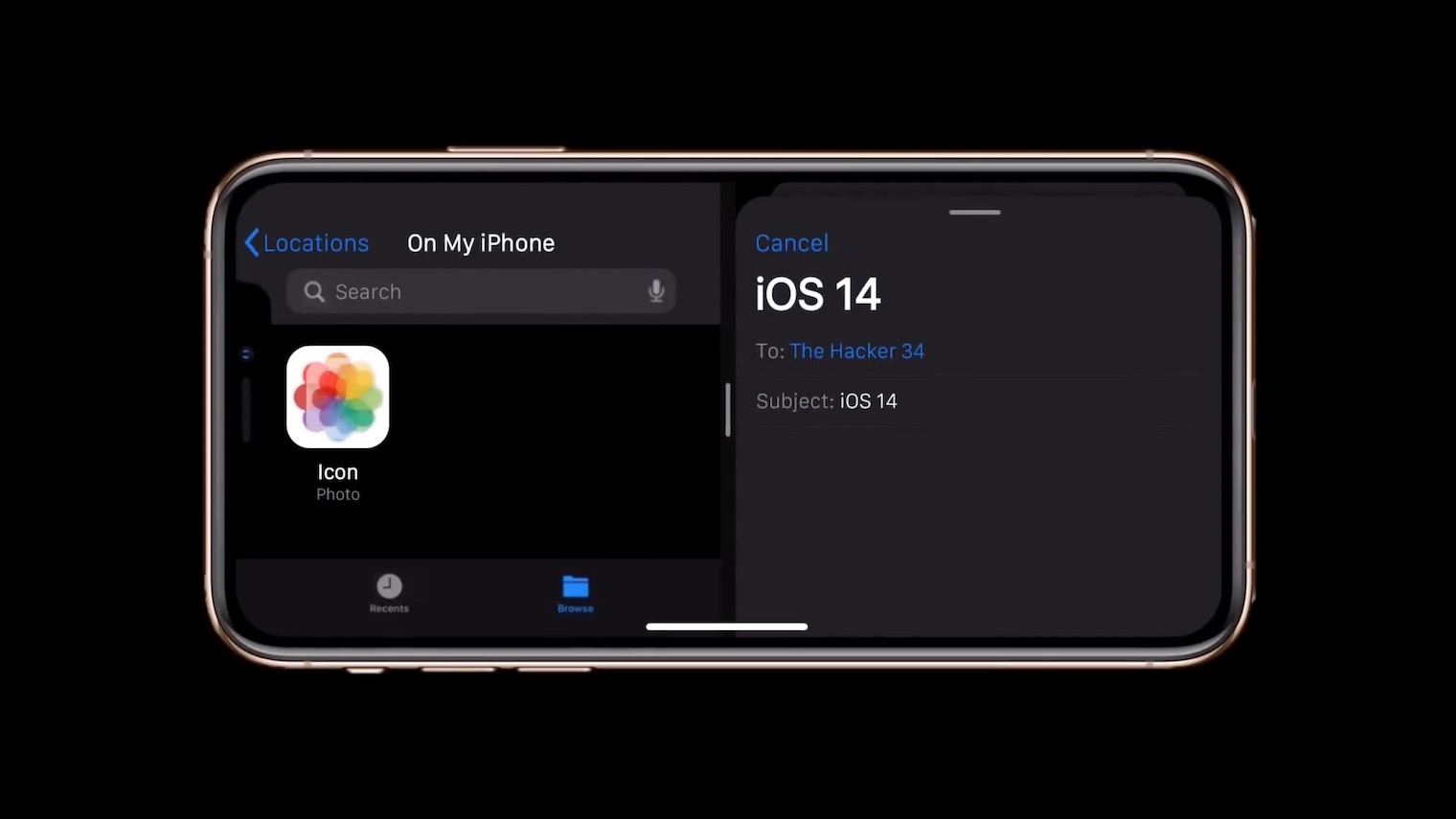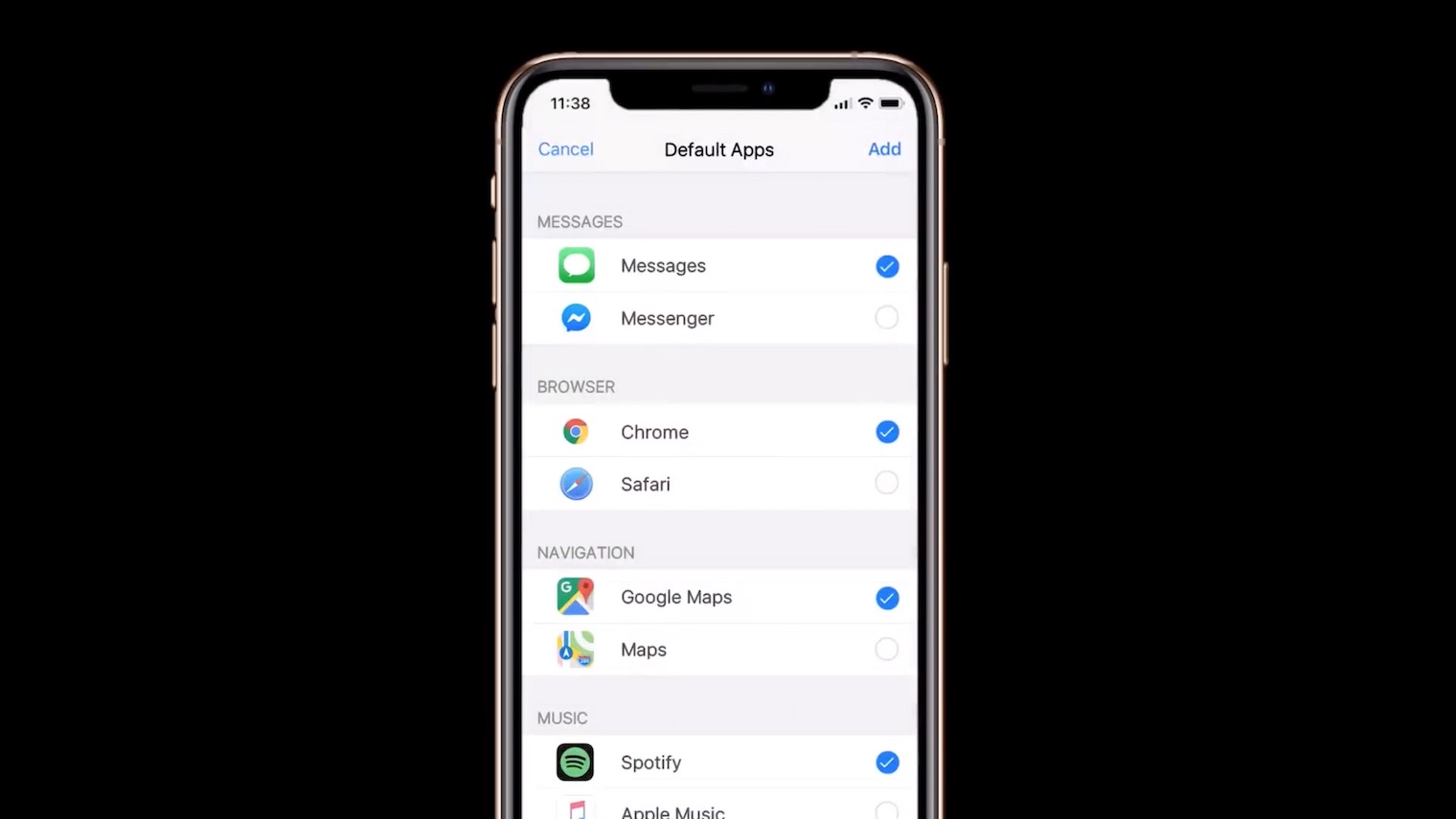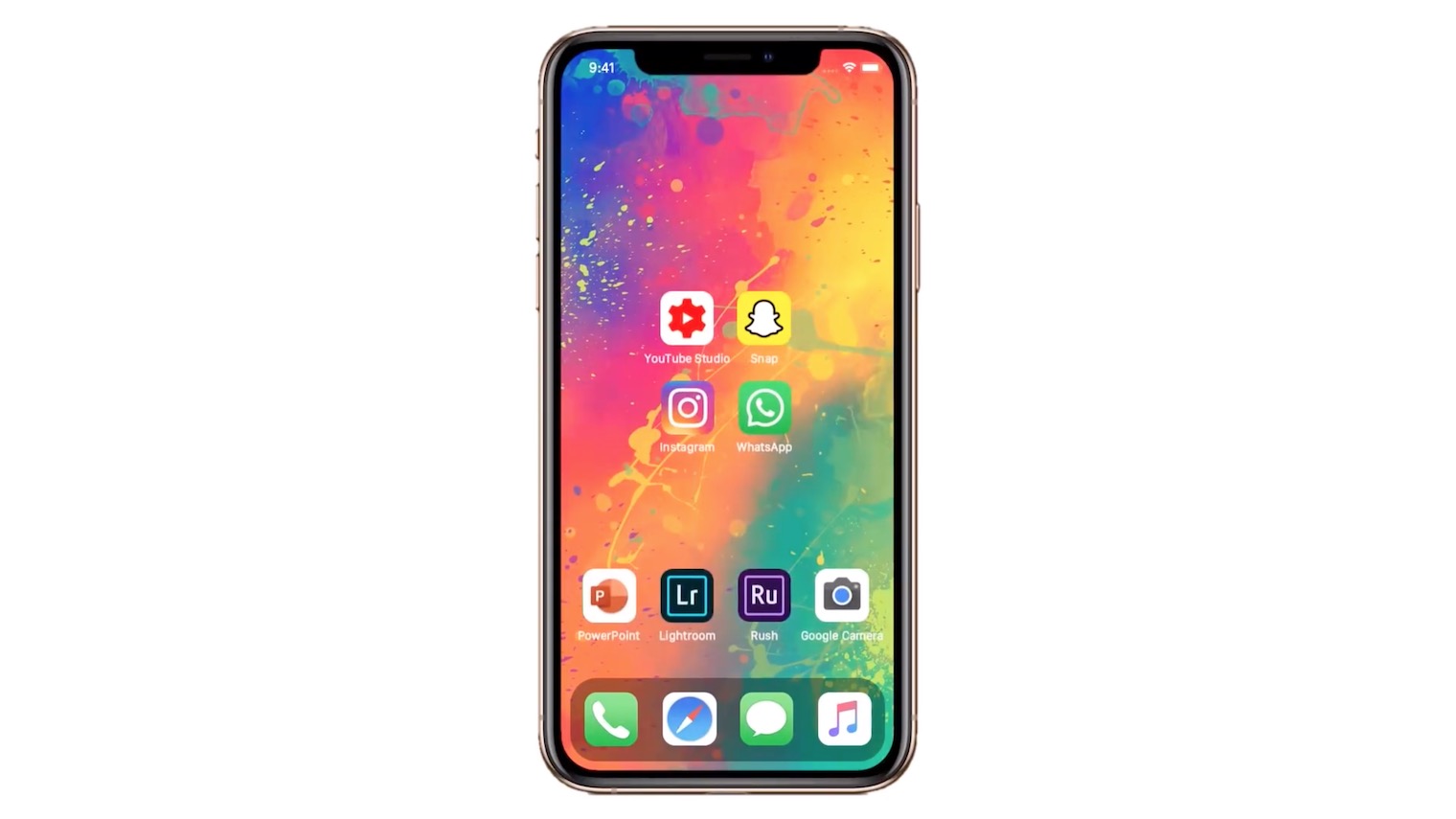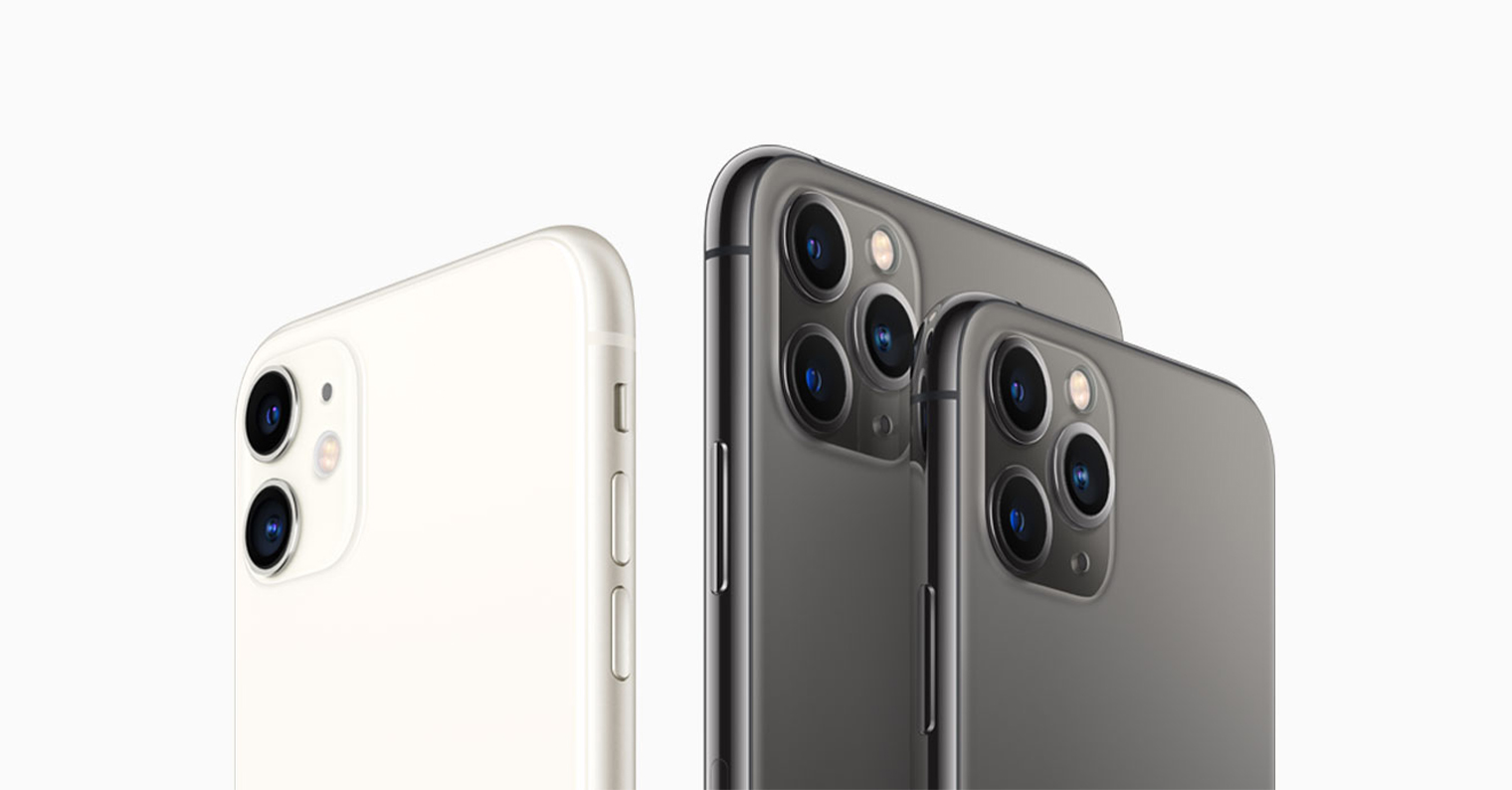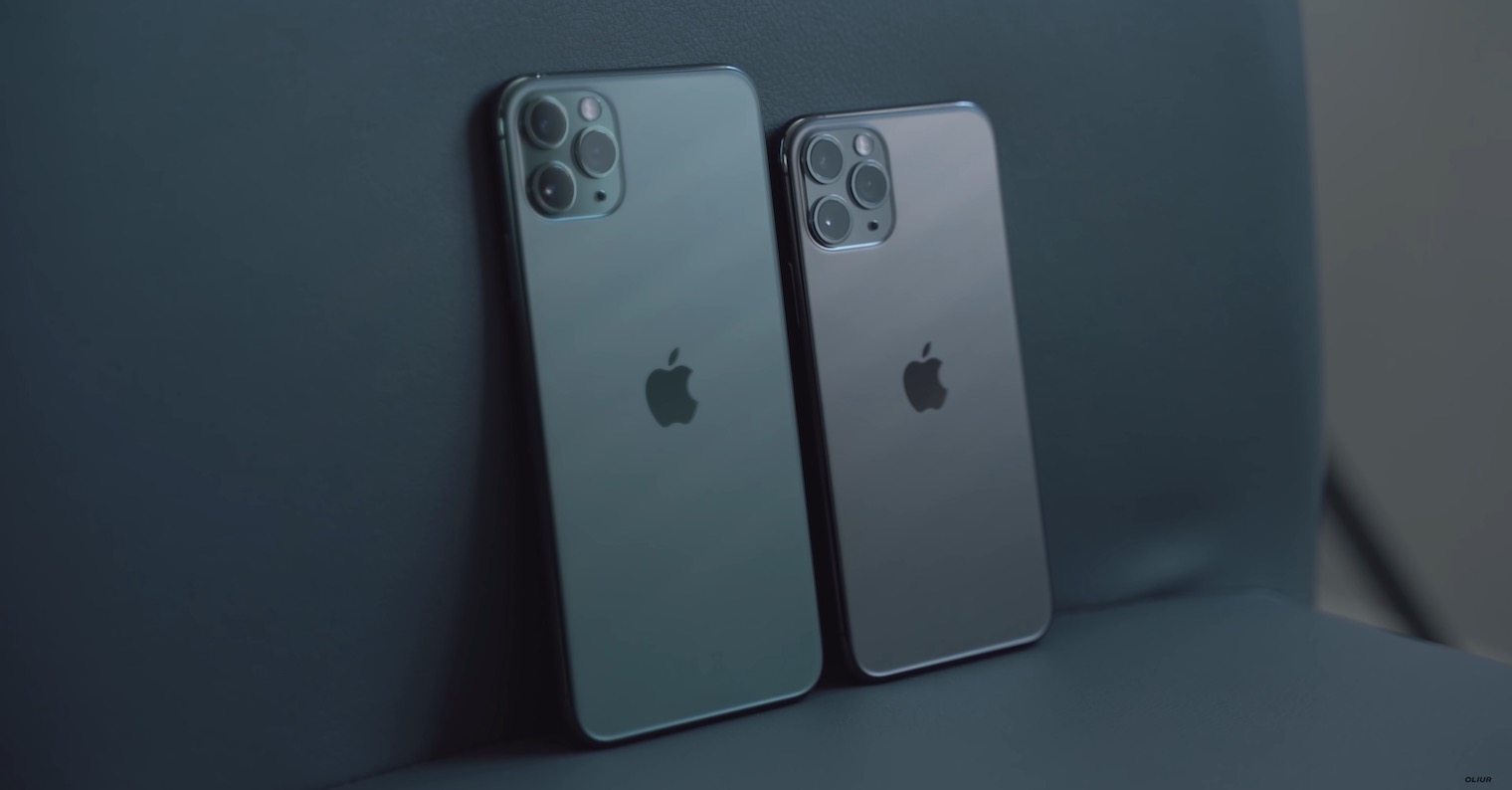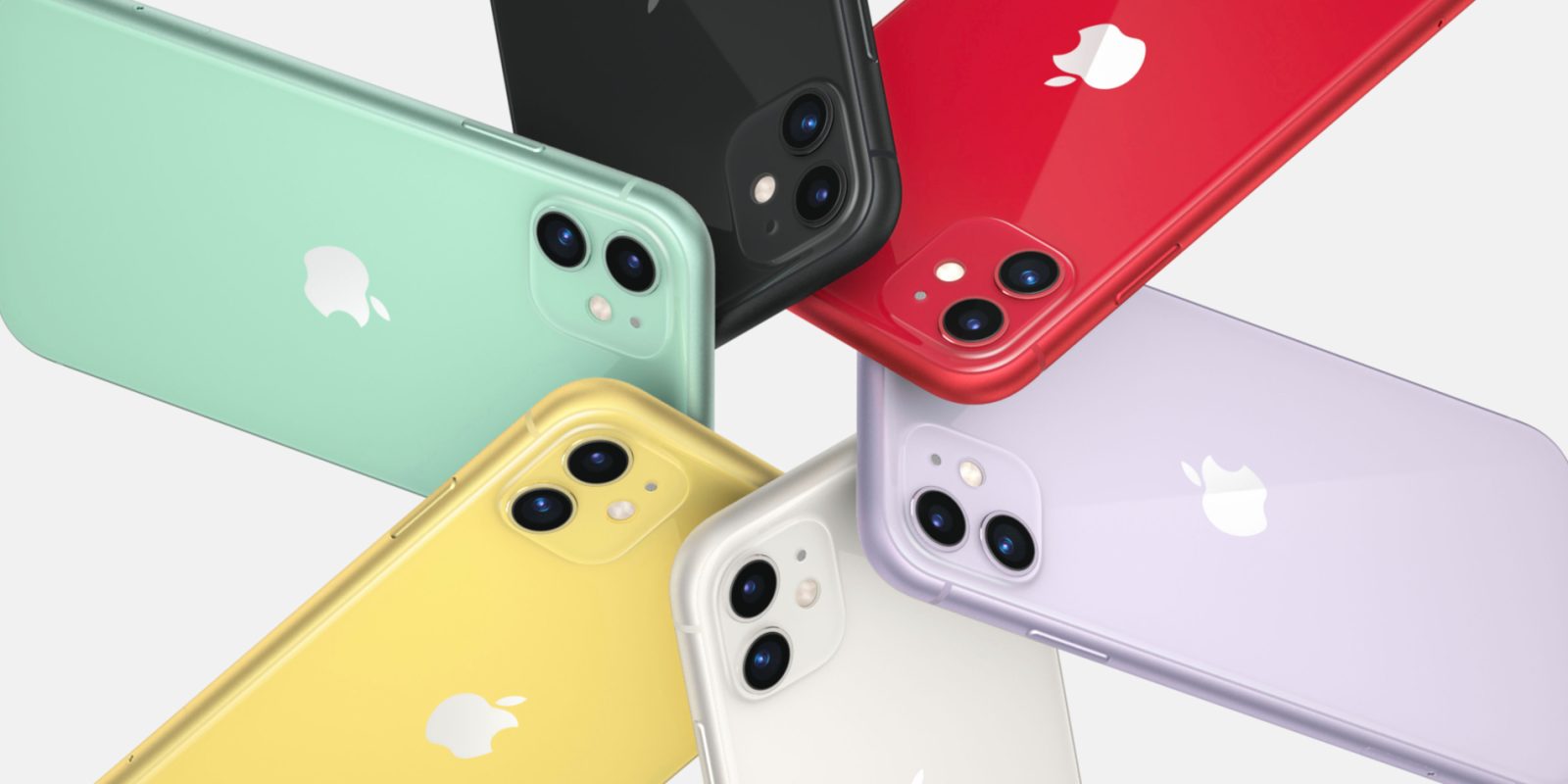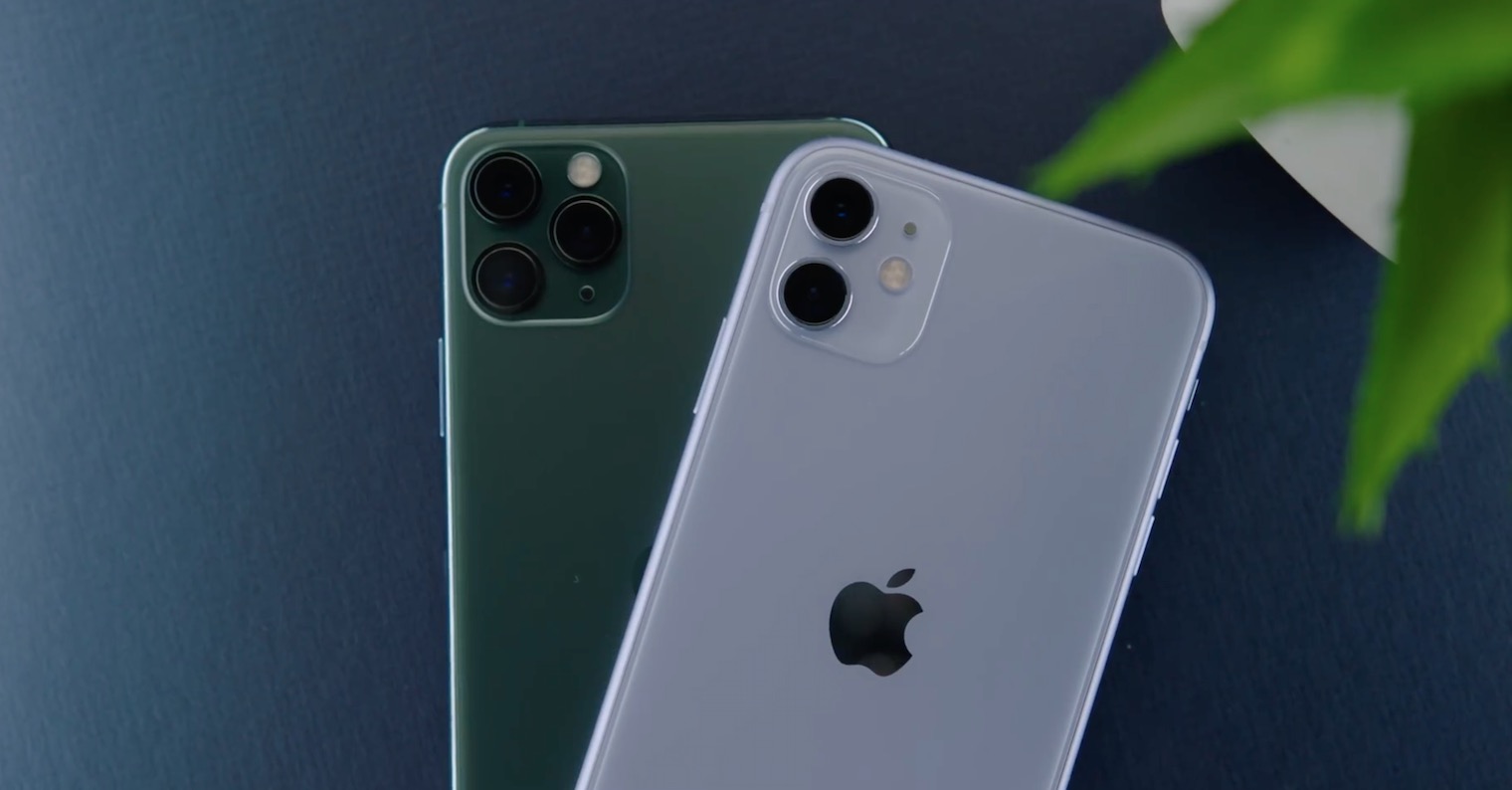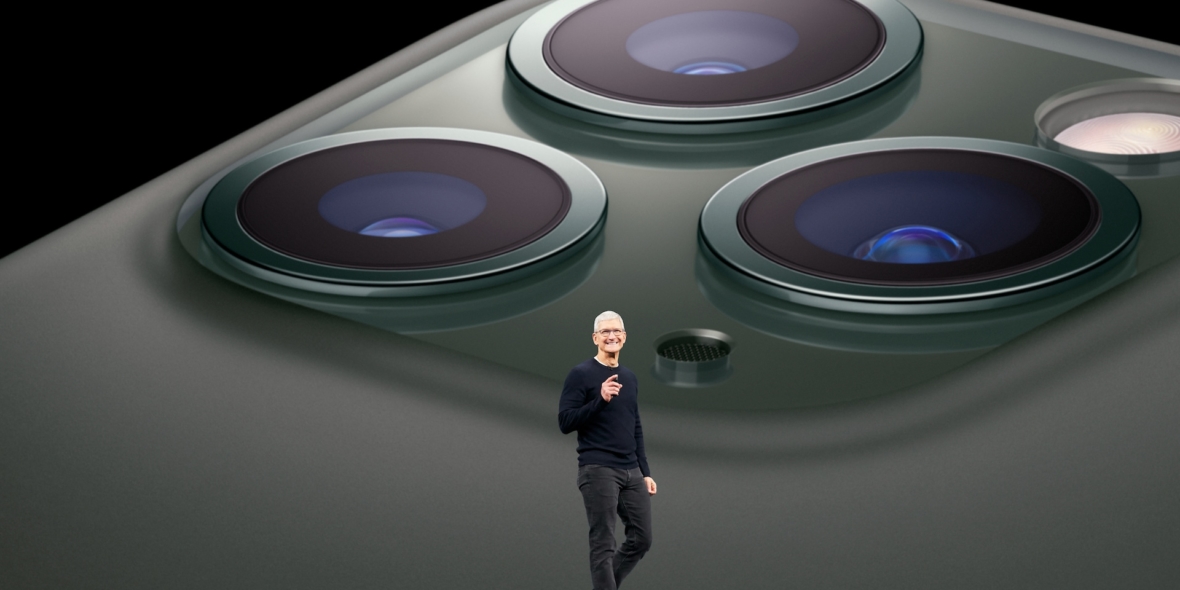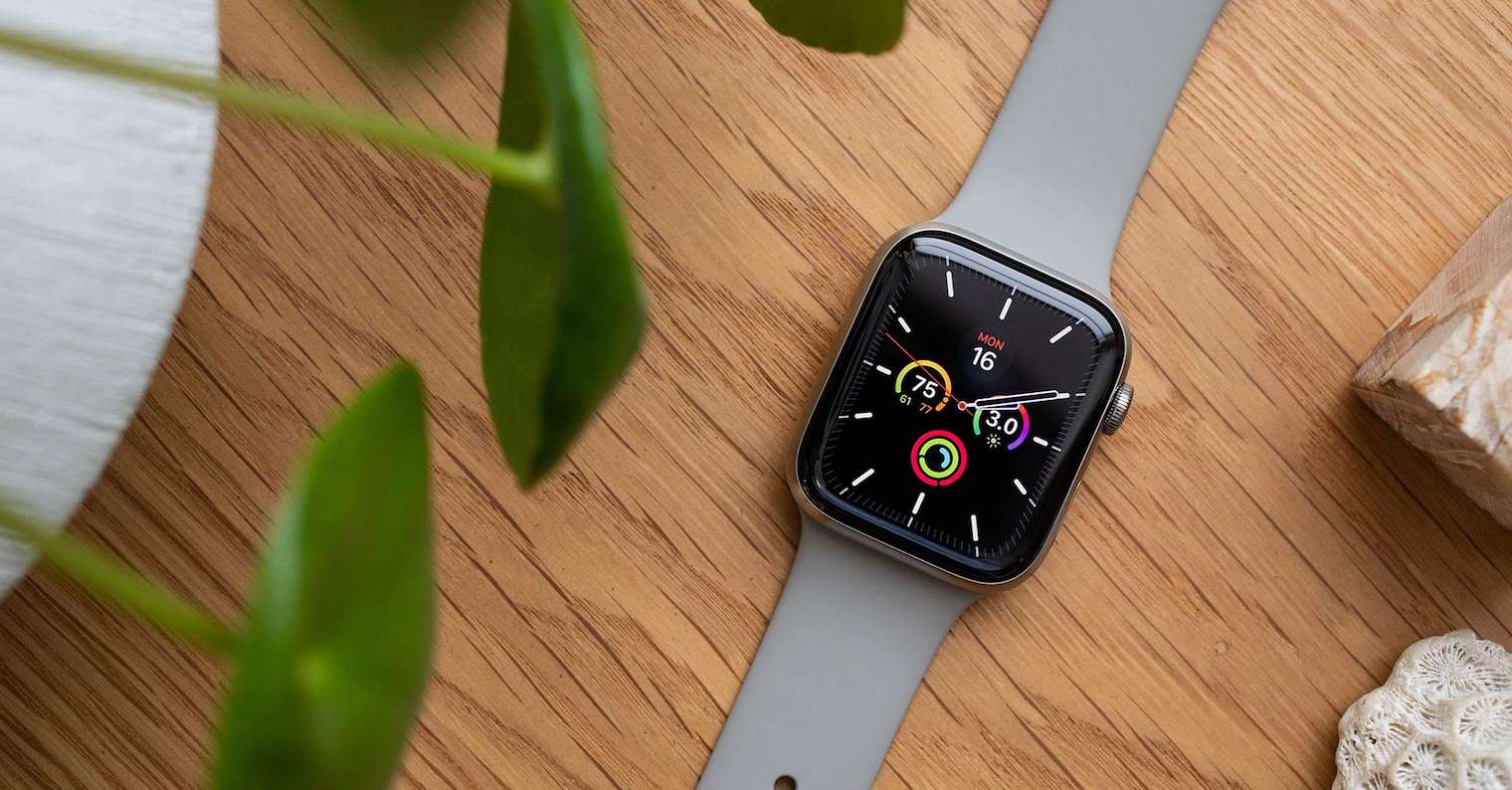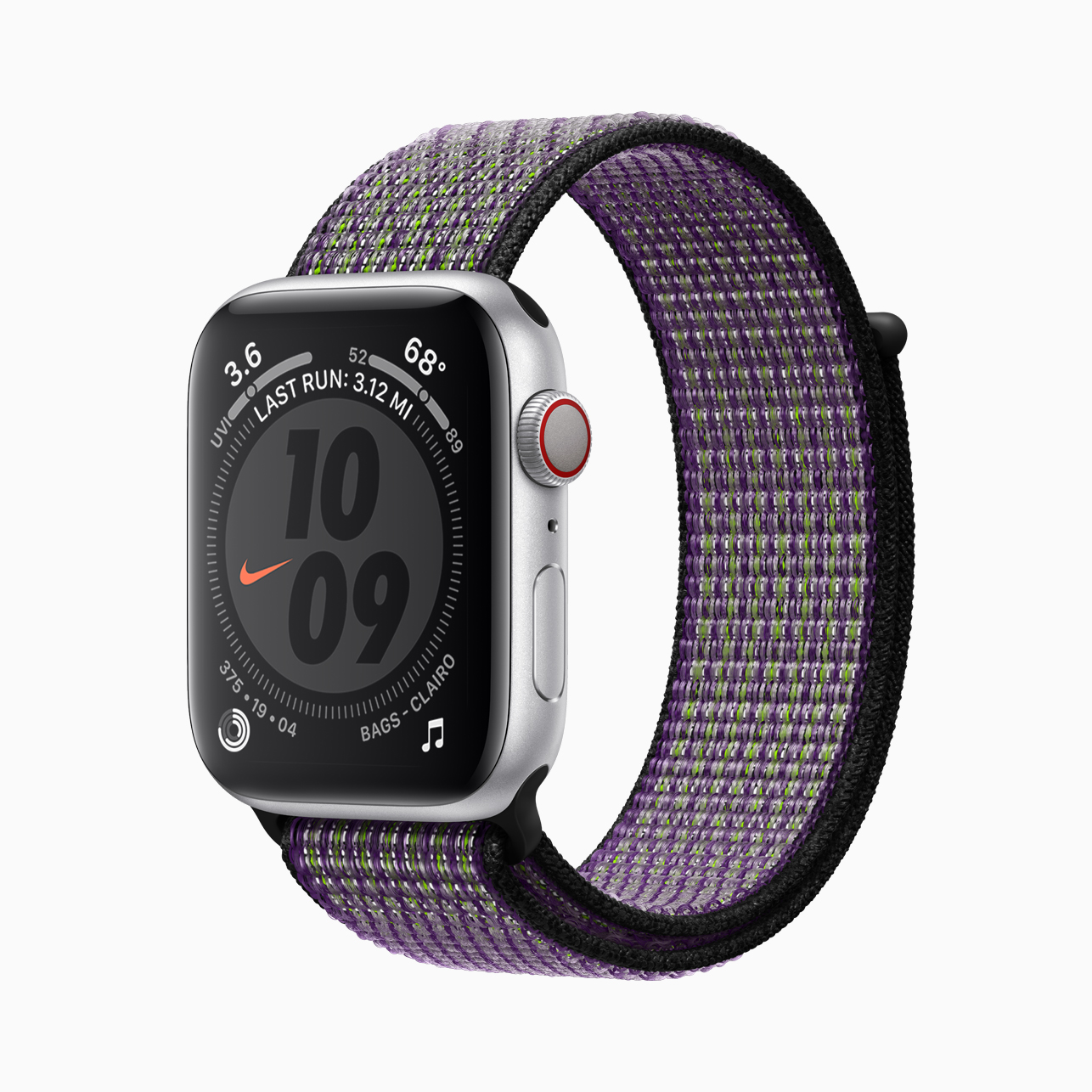Although the official release of iOS 14 is still relatively far away, many of us already have an idea of what the new version of Apple's mobile operating system could bring - from small things like the ability to run multiple timers at once to really significant changes or improvements to features, brought by last year's iOS 13.
It could be interest you
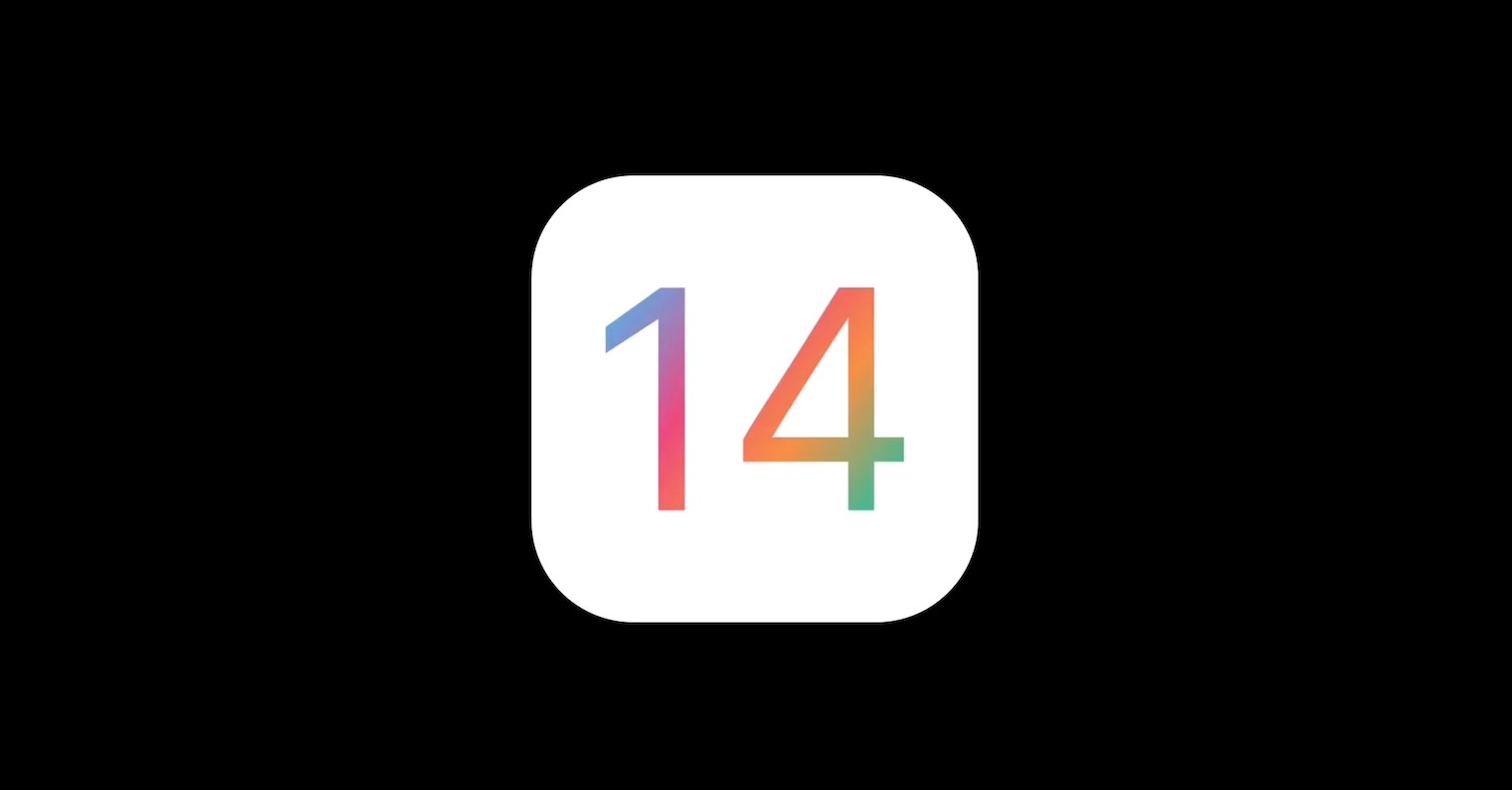
Reliability above all
While iOS 12 was a relatively trouble-free operating system, users were not so lucky with its successor, and the frequency of releasing new versions became the target of criticism and more than one joke. To this day, many users report a relatively large number of various partial errors. So in iOS 14, Apple could focus more on stability, performance and reliability. The release of a mobile operating system that will be fast and trouble-free from the start will surely please everyone without distinction.
This is what the iOS 14 concept looks like from the Hacker 34:
Smarter Siri
Although Apple is constantly improving its voice assistant every year, Siri is unfortunately still a long way from being completely perfect. In the iOS 13 operating system, Siri received a better, more natural-sounding voice. It also gained support for playing music, podcasts and other audio applications from the SiriKit framework. Both are sure to please, but many users report that Siri lags in many ways behind the competition in the form of Google Assistant or Amazon's Alexa, especially in the field of performing actions with hardware and third-party services or answering common questions in more detail.
Improved dictation
In the area of dictation, Apple has done a really good job on its devices, but the Recorder app that Google introduced for its Pixel 4 can't be compared yet. Dictation on the iPhone, or speech-to-text conversion, is relatively slow and sometimes inaccurate. It doesn't matter too much when using dictation occasionally, but in the long run it's already a problem - I felt it myself when I had to dictate practically all my texts on a Mac last year due to an injury. Significantly improved dictation would certainly please even disabled users who use this function as part of accessibility.
It could be interest you
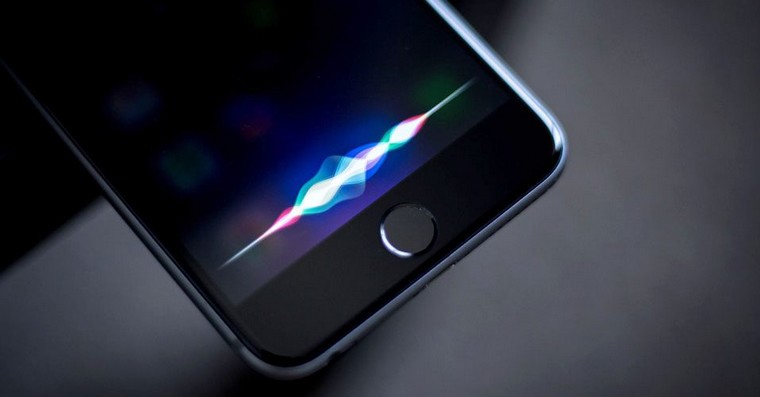
A better camera for everyone
Lately, it seems that camera features and features are among the main attractions that will push consumers to buy a new iPhone. From this point of view, it is logical that Apple focuses mainly on the latest models when improving the camera. But it would be great if at least some of the new functions and improvements were conveyed in the update of its operating system to the owners of older iOS devices - be it new functions or improvements to the native Camera application.
The cameras of last year's iPhones received significant improvements:
New surface
The last time the iPhone screen got a really significant improvement was with the arrival of iOS 7 - it was praised by some and cursed by others. Over time, users have seen new possibilities for working with the surface thanks to the 3D Touch function, and at first glance, there may not even be anything to improve. However, many users would certainly be pleased with minor changes, such as adapting the native Weather icon to the current state (similarly to changing the Calendar icon), or adapting the appearance of the icons to dark or light mode.
Notification
Notifications are also among the elements that Apple is constantly trying to improve. Nevertheless, it sometimes seems unclear and confusing. The notification method can be changed in Settings, but there are too many options, and with each additional application for which you have to customize notifications, the frustration grows. Some users, on the other hand, have no idea about the options for customizing notifications, so they are constantly overwhelmed by them and can easily miss a notification in the overview. So in iOS 14, Apple could significantly overhaul the ways and options for customizing notifications, and perhaps also limit the way notifications are used by developers of some applications, or give users the ability to assign a certain priority to notifications.
Always-on display
OLED smartphones with Android have had always-on displays for some time, this year the fifth generation Apple Watch also received this type of display. Apple certainly has its reasons why it has not yet introduced an always-on display for its smartphones, but many users would certainly welcome it. There are many possibilities – for example, the always-on display of the iPhone could show the date and time on a black background, Apple could also introduce options for customizing the information that will be shown on the always-on display of the iPhone – for example, in the style of the complications known from the Apple Watch.
Apple introduced an always-on display on the Apple Watch Series 5:
Call recording
Recording phone calls is a tricky thing, and we fully understand why Apple is reluctant to introduce it. Although a number of more or less reliable third-party applications are used for these purposes, a native function from Apple would certainly be welcome, for example, by those who often receive a lot of work-related information over the phone, which is not always possible to record immediately during the call. Such a function should certainly be complemented by a clear signal that will let both parties know that the call is being recorded. It is, however, the least likely item on this wish list. Privacy is a top priority for Apple, so the possibility of allowing users to record phone calls is practically slim.

Source: MacWorld

